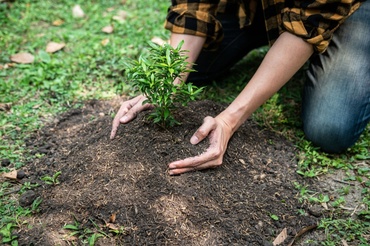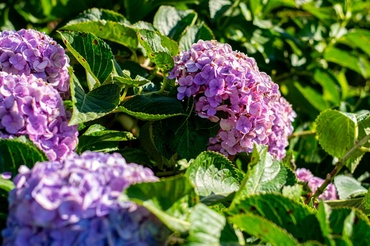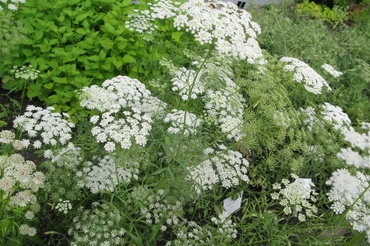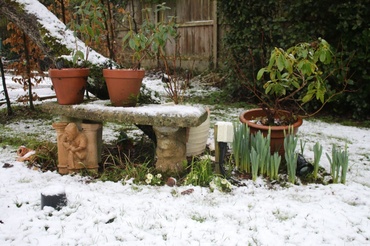
Give bees a boost! We need our bees, and they need us too. Their industrious ways give us food for our tables and honey for our toasts, so it’s only fair that we give them a helping hand whenever we can. Here are a few things you can do to make your garden more bee-friendly.
Grow Bee-Friendly Flowers all Year Round
The best thing you can do for bees is to have pollen- and nectar-rich plants in flower. Adding pollen- and nectar-rich plants isn’t always easy, especially in winter, but here are some favourites that will keep the bees happy and your garden looking good all year round.
Spring
- Primula
- Flowering cherry
- Honesty
- Deadnettle
Summer
- Geranium
- Achillea
- Cornflower
- Lavender
- Salvia
- Scabious
Autumn
- Ivy
- Autumn Crocus
- Strawberry tree
Winter
- Hellebore
- Mahonia
- Sarcococca
- Crocus
Habitats for Bees
Bumblebees and solitary bees do most of the pollinating in our gardens, so make them feel at home in your garden by giving them somewhere to nest. This could be simply a piece of wood with holes drilled in it or a bundle of bamboo canes. Female solitary bees will lay their eggs in the holes, together with a store of pollen for the larvae when they hatch.
Hairy-leaved plants like lambs’ ears (Stachys byzantina) and mulleins (Verbascum) are great for wool carder bees – they use the tiny hairs to seal their nests after laying eggs. And don’t reach for the pesticide spray if you see neat semi-circular holes along the edges of rose leaves – it’s a sign that leafcutter bees are nesting in your garden. They use the cut leaf pieces to line and seal their nests.
Dos and Don'ts for a Bee-Friendly Garden
Do give bees water to drink on hot days. Put a layer of pebbles or gravel in the bottom of a shallow bowl and fill with water, leaving the tops of the pebbles clear of the water for bees to perch on while they drink. In summer, mow your lawn less frequently. Allowing a few dandelions and buttercups to flower provides valuable extra food for bees.
Don’t leave bowls of sugar water out for bees – they’ll be drawn to it in preference to the flowers, but they can’t make honey from it or feed their larvae. Never feed bees honey either – it could spread disease in the hive. It’s ok to give an exhausted bee a tiny amount of sugar water to revive it, though. Mix two tablespoons of white granulated sugar with one tablespoon of water and put it on a spoon or in a bottle cap in front of the bee. And of course, don’t spray insecticides on or near flowering plants.
Whatever you need to make your garden more wildlife-friendly, you’ll find it in our centre. Why not visit us this weekend?




